For twelve terrifying years, a phantom haunted California, a specter who moved through the shadows of quiet suburban neighborhoods, leaving a wake of violation, trauma, and death. He was known by many names: the Visalia Ransacker, the East Area Rapist, the Original Night Stalker, each moniker representing a new, more violent chapter in a saga of terror that included at least 13 murders, more than 50 rapes, and over 120 burglaries. For decades, he remained a ghost, his identity shielded by the technological limitations of the era. The man ultimately identified as Joseph James DeAngelo, a former police officer, was finally unmasked not by a traditional tip, but by a revolutionary fusion of genetic science and genealogical detective work that reached back through generations to find its man.
- Background: The Social and Contextual Crucible
- Timeline of a Tragedy: From Ransacking to Resolution
- The Forensic Crucible: Reconstructing the Crime
- DNA Analysis: The Genetic Thread Across Time
- Impression and Trace Evidence: A Pre-DNA Puzzle
- Cognitive Bias: The Human Factor in a Cold Case
- A System on Trial: Legal Proceedings and Accountability
- Conclusion: Lessons from the Golden State Killer
This case stands as a landmark in criminal justice, a definitive chronicle of how an investigation frozen in time was thawed by scientific innovation. This article provides a definitive forensic and socio-legal analysis of the investigation, tracing the evolution of forensic science Discover the fascinating field of Forensic Science, the application of scientific principles to legal matters. This post delves into its many disciplines, from DNA analysis to crime scene investigation, its importance in the justice system, Read Full Definition itself through the hunt for one of America’s most prolific serial predators.
Discover the fascinating field of Forensic Science, the application of scientific principles to legal matters. This post delves into its many disciplines, from DNA analysis to crime scene investigation, its importance in the justice system, Read Full Definition itself through the hunt for one of America’s most prolific serial predators.
Background: The Social and Contextual Crucible
The crimes of the Golden State Killer unfolded across a California landscape of the 1970s and 1980s, an era of burgeoning suburbs that promised safety but were shattered by an inexplicable sense of vulnerability. The perpetrator’s ability to operate with impunity was a direct product of the time’s technological and procedural limitations. Law enforcement agencies were siloed, unable to easily share information across the vast jurisdictional lines he expertly crossed. The absence of DNA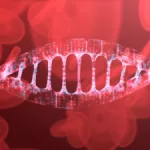 DNA, or Deoxyribonucleic Acid, is the genetic material found in cells, composed of a double helix structure. It serves as the genetic blueprint for all living organisms. Read Full Definition databases, cell phones, or widespread surveillance systems created an environment where a cunning and forensically aware offender could thrive.
DNA, or Deoxyribonucleic Acid, is the genetic material found in cells, composed of a double helix structure. It serves as the genetic blueprint for all living organisms. Read Full Definition databases, cell phones, or widespread surveillance systems created an environment where a cunning and forensically aware offender could thrive.
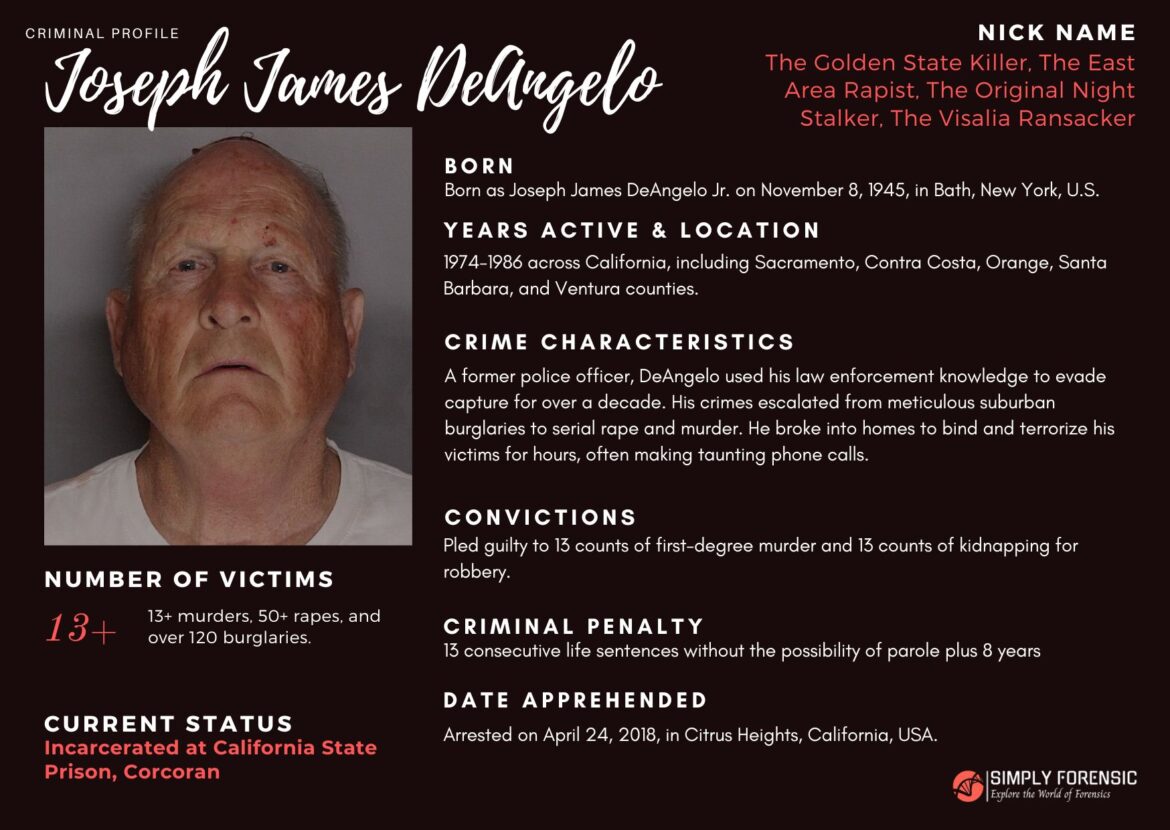
The central, chilling irony of the case is that for much of his reign of terror, Joseph DeAngelo was a police officer himself. He served with the Exeter Police Department from 1973 to 1976 and the Auburn Police Department from 1976 to 1979. This professional background provided him with an intimate understanding of police procedure, investigative techniques, and, crucially, their limitations. He knew how to avoid leaving fingerprintsFingerprint, impression made by the papillary ridges on the ends of the fingers and thumbs. Fingerprints afford an infallible means of personal identification, because the ridge arrangement on every finger of every human being is Read Full Definition, how to exploit jurisdictional boundaries, and how to instill a level of fear that paralyzed communities. He lived a seemingly normal life, a husband and father who was, by all outward appearances, an ordinary neighbor, all while secretly carrying out his sadistic campaign. This duplicity, combined with his knowledge of law enforcement tactics, made him the perfect predator for his time, a ghost hiding in plain sight within the very system that was hunting him.
Timeline of a Tragedy: From Ransacking to Resolution
| Date | Event | Key Details & Citations |
| 1974–1975 | The “Visalia Ransacker” terrorizes the community with over 120 burglaries. | The crimes are marked by peculiar thefts and vandalism, establishing the killer’s early modus operandi. |
| Sep. 11, 1975 | First Murder | Claude Snelling is shot and killed while protecting his daughter from a kidnapping attempt by the Ransacker. |
| June 1976 | The “East Area Rapist” begins his attacks in Sacramento County. | This marks a violent escalation from burglary to serial sexual assault. |
| Feb. 2, 1978 | Double Homicide | Brian and Katie Maggiore are murdered while walking their dog in Rancho Cordova, linking the East Area Rapist to murder. |
| 1979 | DeAngelo is fired from the Auburn Police Department. | He was caught shoplifting a hammer and a can of dog repellent. |
| Oct. 1979–May 1986 | The “Original Night Stalker” commits a series of rape-murders in Southern California. | The attacks shift geographically and escalate, with the perpetrator now murdering his victims after the sexual assaults. |
| May 4, 1986 | Last Known Crime | 18-year-old Janelle Cruz is raped and murdered in Irvine. The killer then goes silent for over 30 years. |
| 2001 | DNA Breakthrough | Forensic DNA analysis definitively links the East Area Rapist of Northern California with the Original Night Stalker of Southern California, proving they are the same person. |
| 2017 | Investigative Genetic Genealogy Begins | With the case cold, investigators upload the killer’s DNA profile to a public genealogy database, GEDmatch, to search for relatives. |
| April 24, 2018 | Arrest of Joseph James DeAngelo | After identifying him through his relatives’ DNA and confirming the match with discarded DNA, authorities arrest the 72-year-old DeAngelo at his home in Citrus Heights. |
| June 29, 2020 | Guilty Plea | DeAngelo pleads guilty to 13 counts of murder and admits to dozens of uncharged crimes as part of a plea deal to avoid the death penalty. |
| August 21, 2020 | Sentencing | Joseph DeAngelo is sentenced to multiple consecutive life sentences without the possibility of parole. |
The Forensic Crucible: Reconstructing the Crime
The investigation into the Golden State Killer is a story of two forensic eras. The initial hunt was defined by the scientific limitations of its time. At the same time, the ultimate resolution was a triumph of modern technology that could not have been imagined when the crimes were committed.
DNA Analysis: The Genetic Thread Across Time
The key to this case lay dormant for decades in preserved biological evidenceBiological evidence - physical evidence such as bodily fluids that originated from a human, plant or animal. Read Full Definition. In the 1970s and 80s, the most advanced technique for analyzing such evidence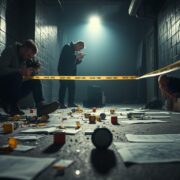 Evidence is any form of proof, such as objects, materials, or scientific findings, presented to establish or disprove a fact in a legal proceeding. It is used to reconstruct events and link or exclude individuals Read Full Definition was forensic serology. This involved ABO blood typing
Evidence is any form of proof, such as objects, materials, or scientific findings, presented to establish or disprove a fact in a legal proceeding. It is used to reconstruct events and link or exclude individuals Read Full Definition was forensic serology. This involved ABO blood typing
The first revolution came in 2001 with the application of Short Tandem Repeat (STR) analysis. Unlike older methods, STR profiling creates a unique genetic fingerprint. By generating STR profiles from crime scenes in both Northern and Southern California, investigators proved scientifically that the East Area Rapist and the Original Night Stalker were the same man. This was a monumental breakthrough that unified the case, but it led to a dead end. The killer’s STR profile was uploaded to the national criminal DNA database, CODIS. Still, no match was ever found, indicating the perpetrator had never been convicted of a felony that required a DNA sample submission.
The final, case-solving revolution was Investigative Genetic Genealogy (IGG). This required a different kind of DNA analysis. While CODIS uses about 20 STR markers, genealogy databases use Single Nucleotide PolymorphismsA single nucleotide polymorphism, or SNP (pronounced "snip"), is a variation at a single position in a DNA sequence among individuals. Read Full Definition (SNPs)—hundreds of thousands of genetic markers that provide a rich roadmap of a person’s ancestry. Because STR and SNP profiles are incompatible, investigators had to go back to the original, decades-old evidence. A pristine sample from a duplicate rape kit, meticulously prepared and frozen in 1980 by a forward-thinking pathologist, provided the high-quality DNA needed for SNP analysis. Read our article on How Genetic Forensics Helped Convict The Golden State Killer.
Investigators uploaded this new SNP profile to the public genealogy website GEDmatch and found not the killer, but his distant relatives—likely third or fourth cousins. Over four months, genealogists painstakingly built family trees from these matches, searching for a point where the different family lines intersected. This fusion of genetic science and traditional detective work eventually pointed to Joseph James DeAngelo. To confirm the lead, investigators placed him under surveillance and collected his “discarded” DNA from items like a used tissue. A standard STR profile was generated from this sample, and it was a perfect match to the profile from the crime scenes that had sat in CODIS for years.
Impression and Trace Evidence: A Pre-DNA Puzzle
During the original investigations, detectives had to rely on less definitive forms of physical evidence. Fingerprint analysis, the gold standard of the era, was neutralized by a forensically savvy offender who consistently wore gloves. Even if prints had been left, the process was entirely manual. In the 1970s, before the widespread adoption of the Automated Fingerprint Identification System
Other forms of pattern evidence, such as shoeprints and tool marks, were also investigated. However, these disciplines were, and remain, highly subjective. Analysis depended heavily on an examiner’s individual experience, with no objective, statistical standards for declaring a “match”. Such evidence could be used to determine that a print was “consistent with” a particular brand or size of shoe. Still, it lacked the power to definitively link an impression to a single source, leaving investigators with clues but no concrete leads.
Cognitive Bias: The Human Factor in a Cold Case
The absence of definitive, objective evidence like DNA created an environment ripe for cognitive bias—unconscious mental shortcuts that can lead to flawed reasoning. The immense public fear and pressure to solve the case could have led to “tunnel vision,” where investigators focus too heavily on a promising but incorrect lead. Similarly, “confirmation biasThe difference between the expectation of the test results and an accepted reference value. Read Full Definition”—the tendency to favor information that supports an existing belief—may have caused detectives to unconsciously prioritize evidence pointing toward a particular suspect while dismissing contradictory information. Without the clarifying power of a DNA match, investigators had to rely on less certain evidence and witness testimony. In these areas, such biases can have a profound and misleading impact on the direction of an investigation.
A System on Trial: Legal Proceedings and Accountability
Following his arrest on April 24, 2018, Joseph DeAngelo was charged with 13 counts of murder and 13 related counts of kidnapping. He could not be charged for the more than 50 rapes he committed because the statute of limitationsA statute of limitations is a law that sets the maximum amount of time that parties involved in a dispute have to initiate legal proceedings from the date of an alleged offense, whether civil or Read Full Definition for those crimes, as short as three years in the 1970s, had long since expired.
Prosecutors initially intended to seek the death penalty, but the practical realities of a trial centered on decades-old crimes led to a plea agreement. Many victims and witnesses were elderly, and a lengthy capital trial and its ensuing appeals could have meant that justice would be delayed indefinitely. On June 29, 2020, DeAngelo pleaded guilty to all charges and admitted his responsibility for dozens of uncharged crimes in exchange for a sentence of life without parole.
Because DeAngelo pleaded guilty, the novel IGG technique used to identify him was never subjected to the scrutiny of a California courtroom. In California, the admissibility of a new scientific technique is governed by the Kelly-Frye standard, which requires that the method has gained “general acceptance” within the relevant scientific community. Whether IGG meets this strict standard remains an untested and significant legal question for future cases. The case also ignited a fierce debate about genetic privacy, pitting the power of IGG to solve crimes against fundamental civil liberties. Critics argue that using public genealogy databases for law enforcement violates the Fourth Amendment’s protection against unreasonable searches and undermines the principle of informed consent, as users who upload their DNA unknowingly turn their relatives into “genetic informants”.
Conclusion: Lessons from the Golden State Killer
The capture and conviction of Joseph DeAngelo closed one of the most terrifying cold cases in American history, bringing a measure of peace to victims who had waited over 40 years for justice. The case serves as a powerful testament to the persistence of investigators and the resilience of survivors. Forensically, its legacy is monumental. It stands as a fulcrum in the history of criminal investigation, perfectly illustrating the evolution from the analog limitations of the 1970s to the genomic power of the 21st century.
The success of IGG in this case has unleashed a new technological era in cold case investigation, leading to the resolution of hundreds of previously unsolvable cases. However, it has also forced a societal reckoning with profound ethical questions about privacy, consent, and equity in the digital age. The Golden State Killer case is a stark reminder that while technology can provide answers, it also presents complex challenges. Its ultimate legacy will be defined not only by the monster it caged but by the legal and ethical framework society builds to manage the powerful tools it pioneered responsibly.



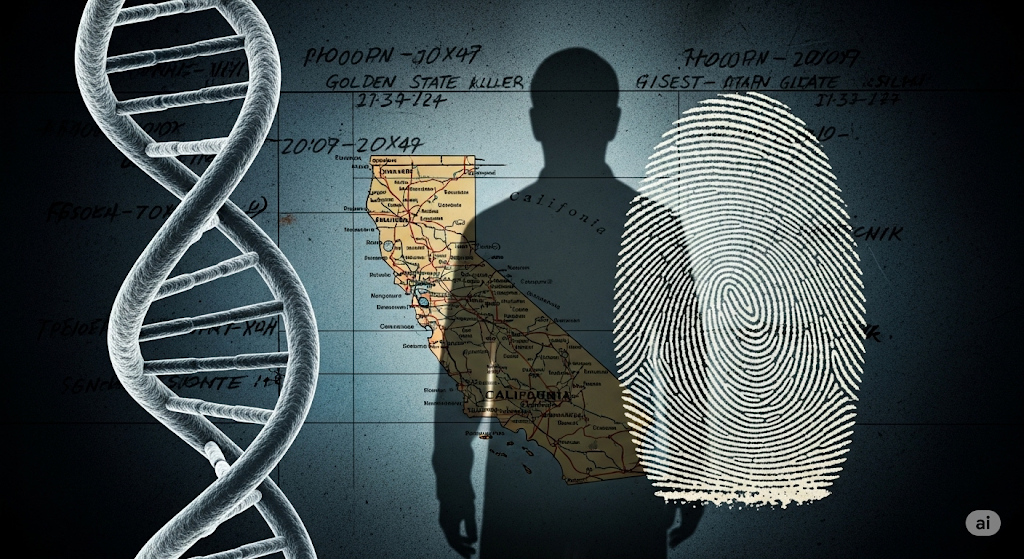


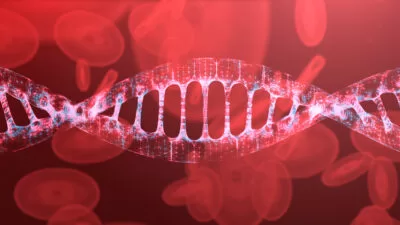
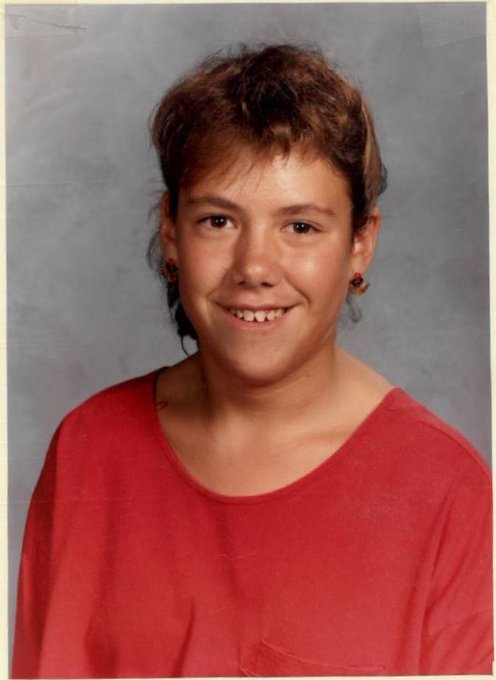




Joseph James DeAngelo did not murder Brian and Katie Maggiore. Ironically, you mention “The absence of definitive, objective evidence like DNA created an environment ripe for cognitive bias…that can lead to flawed reasoning” and “confirmation bias – the tendency to favor information that supports an existing belief – may have caused detectives to unconsciously prioritize evidence pointing toward a particular suspect while dismissing contradictory information.”
This is exactly what happened in the case of the Maggiores. There is no physical evidence linking DeAngelo to these murders. In fact, a DNA profile was developed from the shoelace recovered from the crime scene and it DID NOT match DeAngelo. There are witness statements indicating two suspects seen together minutes before the shooting and seen separately fleeing the crime scene after the shooting. None of the eyewitnesses in the case identified DeAngelo as the person that they saw fleeing the crime scene.
Most telling is that the Sacramento DA as part of DeAngelo’s plea agreement did not require him to describe how and why he murdered the Maggiores either publicly in court or privately to investigators. Nor will the DA release DeAngelo’s interrogation video to the public where he was asked directly about the murders.
It is a shame that this misrepresentation of the Maggiore case was so easily accepted.